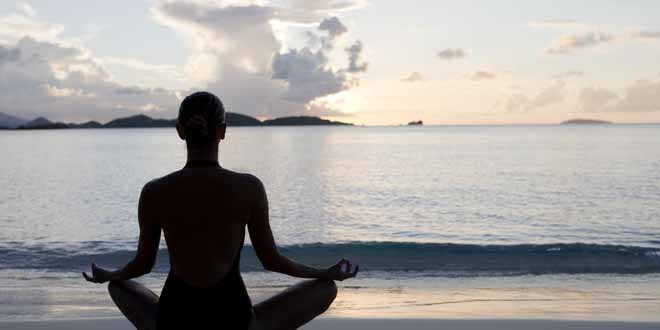
Yoga Techniques for Spiritual Healing
The kind of lifestyle that we are following these days does not give us time to think and untangle our emotions – anger, anxiety, happiness, fear, and joy – from our mind and body. This is when yoga can help you. With ever increasing awareness of yoga benefits it has been discovered that yoga not only integrates mind and body for a better connection with ones soul but it’s also beneficial in other ways. Athletes and celebrities are including yoga in their daily regime to look physically fit and radiant as yoga improves balance, physical strength, brings flexibility, spiritual healing and endurance.
There are 8 main types of yoga. Some overlap others to make new types. The kind of yoga that you should practice should correspond with your physical capability and personality. According to professional yogis, no books or online guidance can match a personal yogi’s coaching. So if yoga interests you then you should seek professional guidance.
Each kind of yoga includes a series of continuous poses for a specific duration of time. I have mentioned here the essential kinds of yoga with their specific benefits for spiritual healing.
Hatha Yoga
This is an easy to learn and beginner friendly type of yoga. It is known to bring vitality in life and health. It clears and purifies mind, leading to peaceful meditation. It is good for people with mobility issues such as physically impairs, beginners and pregnant.
Ashtanga yoga
This one is a physically demanding kind. There are a series of poses that focus on breathing. Consequently, it detoxifies muscles and organs. The advanced poses improve blood circulation, build strength, endurance and flexibility. It also brings mental well being as it improves self-control, focus and calm.
Bikram Yoga
This style is also termed as “hot yoga” and was originated in 1960s. It is practiced in hot surroundings with temperature ranging between 95 to 105 degrees. This style is known to increase flexibility and detoxifies the muscles. It also builds strength, endurance and flexibility. People with hyperthermia, diabetes and pregnant women should not practice this style.
Anusara Yoga
This one is also one of the latest styles which originated in 1990s. It is considered as free style, as it is the least strict of all. It involves strict alignment of the body and regulated breathing. It is done in a playful style with the involvement of music to attract positive energy and open the ‘heart-chakra’ of the body and connect its inner joy. The use of props and partners is common. It is a good emotional yoga experience. People who are not ready to talk about their feelings and to touch their fellow students should not consider this type.
Iyengar Yoga
This is one of the serious types. The duration of pose maintenance is longer in this one. The classes are usually slow and there is a great deal to learn. Props are used such as blocks, straps, chairs and blankets regardless of student’s levels. It is good for balance and for the back as it supports the backbone. Iygengar yoga is ideal for beginners, individuals undergoing therapy for immobility, and for much older adults.
Jivamukti Yoga
This one is similar to ashtanga yoga in regards to poses and the intensity level. This one emphasizes on vegan lifestyle and incorporation of kindness and humility in life. There are references to animal rights and chants as well as music. It is a rigorous practice with more spiritual connection than other kinds. Meat lovers and people more interested in gentle yoga will not find this style suitable to them.
Kundalini Yoga
This yoga style centers on breathing and respiratory movements. It releases negative energy from the lower body, as in the spine, and pushing it upwards and out. It is believed that this style of yoga leads to enlightenment and enhanced consciousness. It awakens, harnesses and releases dormant energy stored at the base of the spine. It is good for people who are looking for spiritual style of yoga. The classes are slow and gentle. Individuals who are looking for a more physical yoga experience will not be interested in this style.
Raja Yoga
This style focuses on conjoining the mind and emotions, balancing the both and then centering all attention to meditation. A meditation point is considered in this style which is usually the middle of the inferior forehead. The mind becomes calm and free of unsettling and negative thoughts, taking you into a pleasant velvety darkness. It is not suitable for people who do not want to keep a coach, as this style can lead to delusions and hallucinations.

